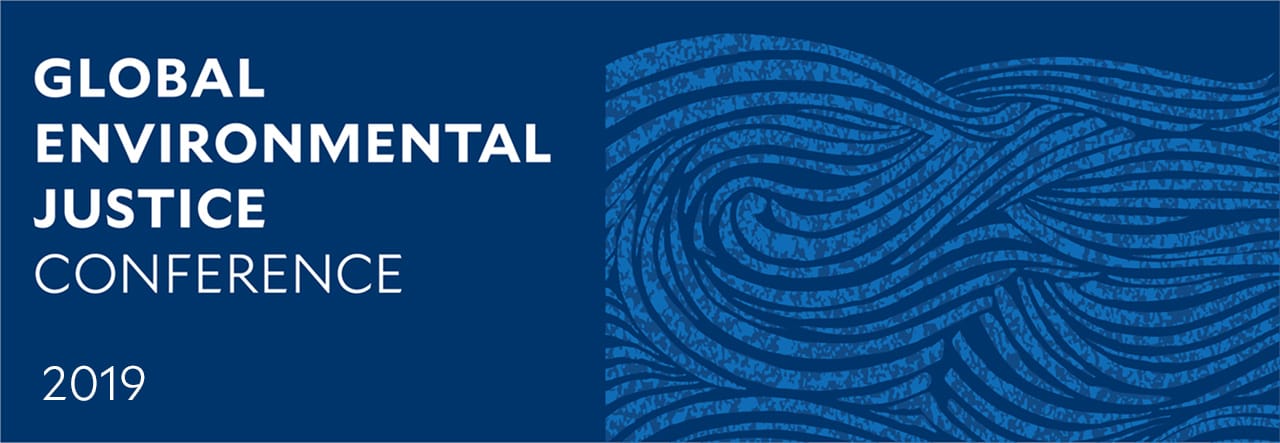Seulkee Heo
Postdoctoral Associate
Yale School of Forestry and Environmental Studies
Parks are an important element associated with physical activity level, human health, and well-being. Further, parks can provide health benefits through its cooling effect of urban heat stress (e.g., Urban Heat Island Effect) and mitigation of air pollution. Although the focus of parks in health studies has emerged strongly over the last two decades, little is known for the environmental inequity resulting from variations in urban parks by socio-economic status especially in Asian countries. My works examines if provision and spatial patterns of urban parks differ by communities’ socio-economic status in Seoul, South Korea, a high-urbanized city. Ultimately, my work aims to examine if there exist health implications of different health benefits from urban parks dependent on socio-economic status.
Type of work: Abstract
Growing evidence has suggested the benefits of urban parks such as mitigation of urban heat. The spatial characteristics such as size and spatial configuration are one of the determinants of cooling effects of parks and the frequency of park visits. Disproportionate provision of large-scale parks, often related to high real estate and gentrification, may contribute to unequal health benefits of parks among people with different socioeconomic resilience. Although spatial inequality studies on parks has emerged strongly over the last two decades, little is known for the inequity resulting from variations in urban park’s spatial characteristics by socioeconomic status (SES).
This study aims to assess how the total area, size and spatial configuration of parks are associated with SES in Seoul, South Korea. Correlation analysis and regression analysis were applied to the urban residential park (i.e., parks built near to residential area) status and SES variables at a district-level (equal to ‘US borough’) in 2015 for the total 25 districts in Seoul. Preliminary results implied a park congestion: smaller total area of parks per capita in regions with higher population density. The park provision attributable to local historical and natural resources (e.g., palace premises or river) appeared to be related with larger total area of parks in regions with morevulnerable populations (population aged 65+, recipients of livelihood security aids). However, the likelihood for a park for being smaller than the median size was significantly higher in regions with larger percentage of population aged 65+ and larger percentage of low-income elder population living alone (aged 65+). These results imply a potential discrepancy in benefits from urban parks on heat mitigation and health effects among districts in Seoul based on their SES. This study will continue the assessments for the relationship between level of clustering of urban parks and the SES.
Work Product: Presentation
Environmental Inequity Examination of the Spatial Characteristics of Urban Parks in Seoul, South Korea
Work Areas:
Biodiversity,
Distribution of environmental hazards,
Land,
Policy and Governance,
Urban systemsWork File:
 seulkee_heo.pdf
seulkee_heo.pdf






